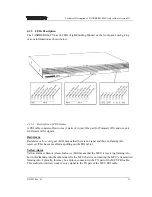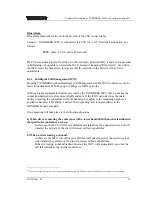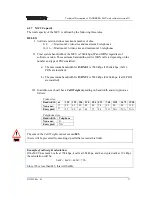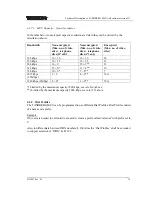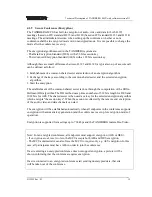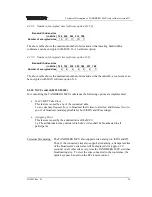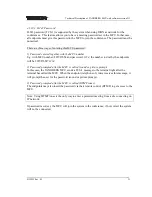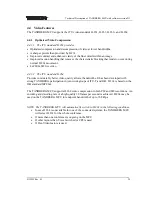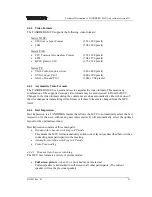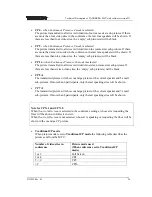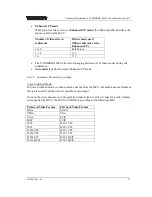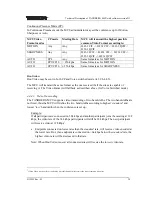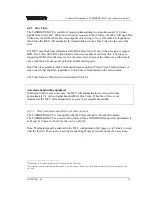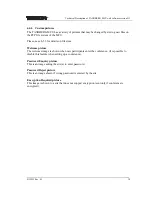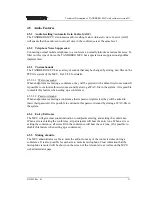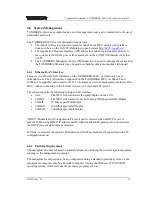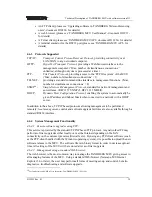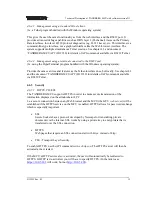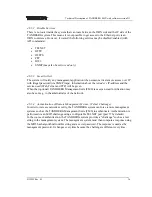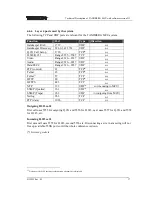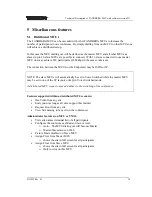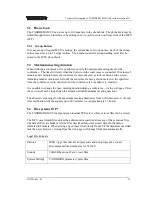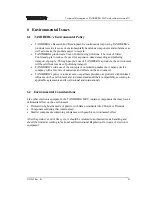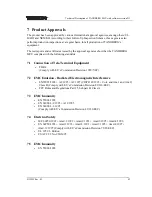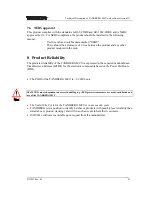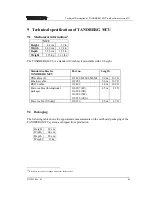
Technical Description of TANDBERG MCU with software version D3
D12925 Rev. 03
29
4.4.5 Duo
Video
The TANDBERG MCU is capable of receiving/transmitting two simultaneous H.320 video
signals from/to all sites
8
. When one of the sites requests for Duo Video, the MCU will open Duo
Video towards all the other video sites capable of receiving it. Now, if another site requests for
Duo Video the MCU will automatically transmit this new site’s Duo Video the the rest of the
sites.
The MCU uses High Speed Data rates (HSD) for Duo Video. If any of the sites do not support
HSD, Duo Video will still be transmitted to the sites capable of receiving this. The sites not
supporting HSD will in that case receive the same video stream as the others see on their main
video (and therefore not use all of their available meeting rate).
Duo Video is available in both Continuous Presence mode (CP) and Voice Switched mode or
when one site has the floor, regardless of which site is broadcasted on the main stream.
The Video format of Duo Video is described in Ch.4.4.2.
Automatic bandwidth adjustment
When DuoVideo is sent to the sites, the MCU will automatically
downspeed
and use
approximately 1/2 of the original bandwidth for Duo Video. When Duo Video is not
transmitted, the MCU will automatically
upspeed
to its original bandwidth.
4.4.5.1 Duo Video Interoperability with other vendors
The TANDBERG MCU is compatible with the Polycom feature ‘People & Contents’.
The TANDBERG MCU can receive Duo Video (from a TANDBERG endpoint) and transmit it
as People & Content to PolyCom iPower
9
(on H.320).
Note: This feature must be enabled in the MCU configuration (Web page or via Telnet) to work
with the iPower. There is also a setting for enabling People & content on the iPower system.
8 Depending on the connected sites ability to transmit/receive Duo Video.
9 This features is tested with: Polycom iPower 680, 970 with software version 4.0.6.909 & Polycom MGC (MCU) with software version
4.01.448

